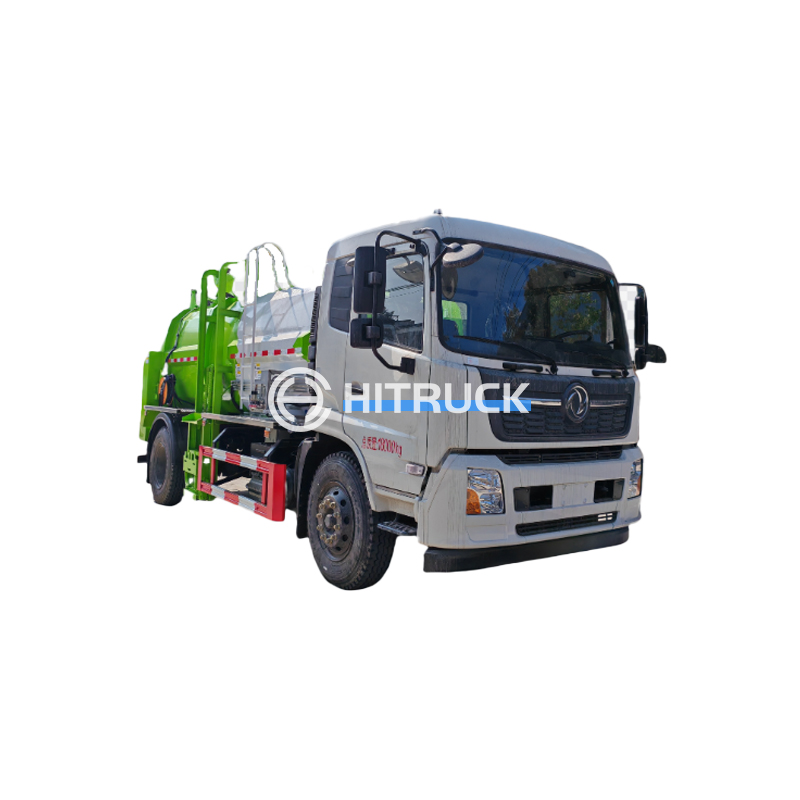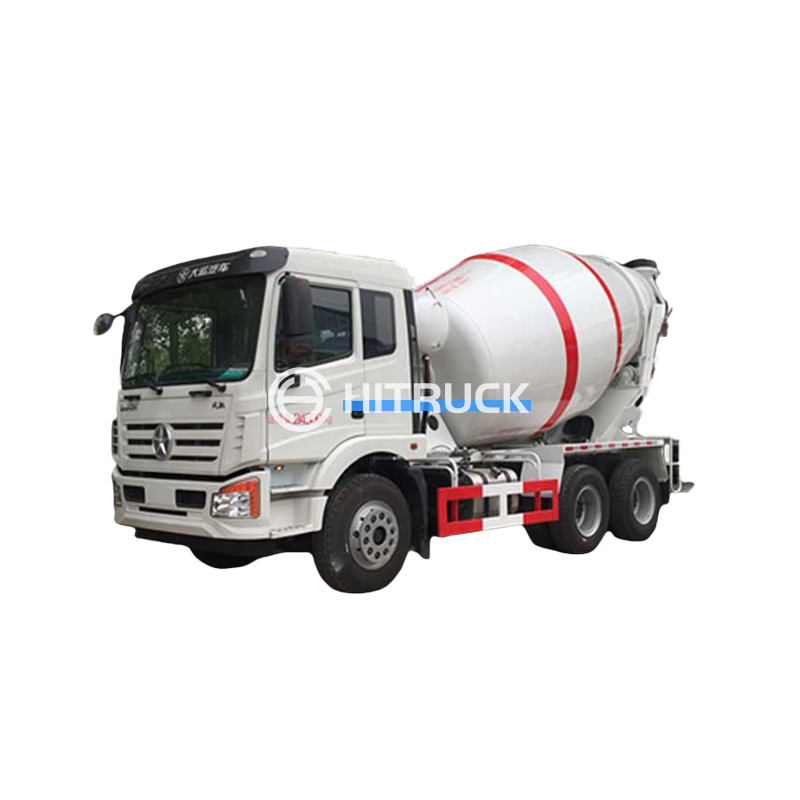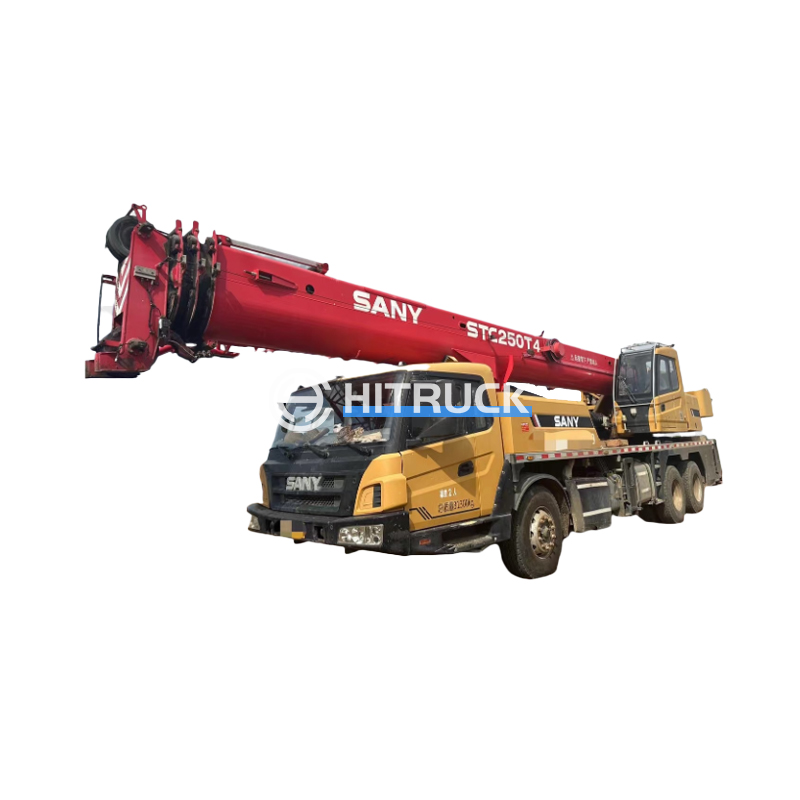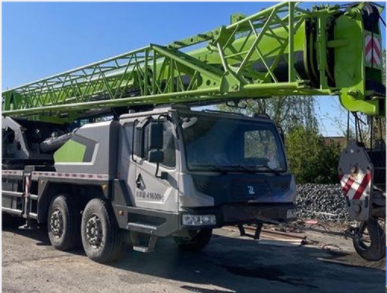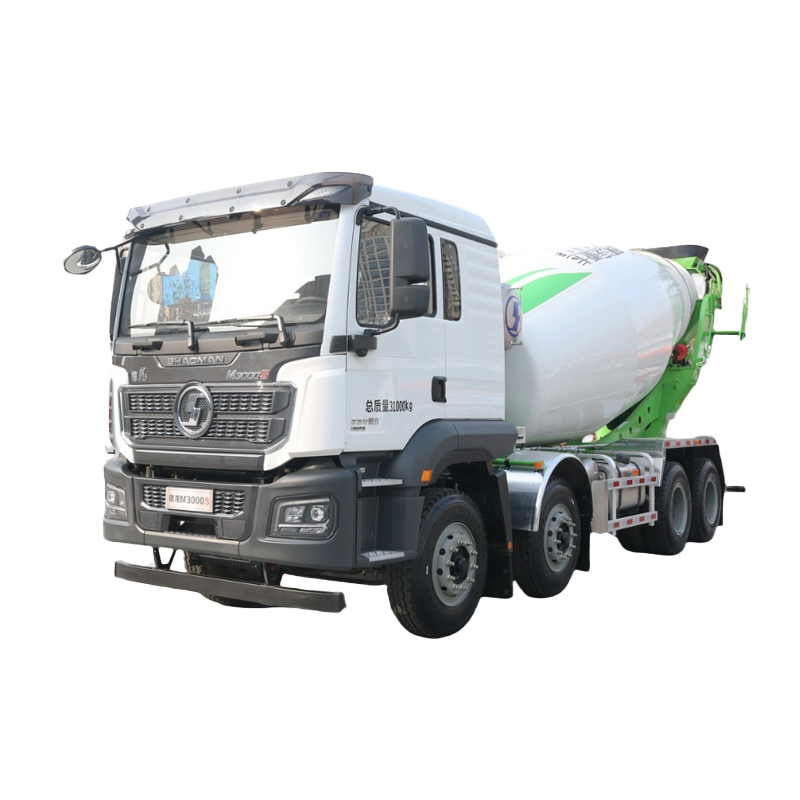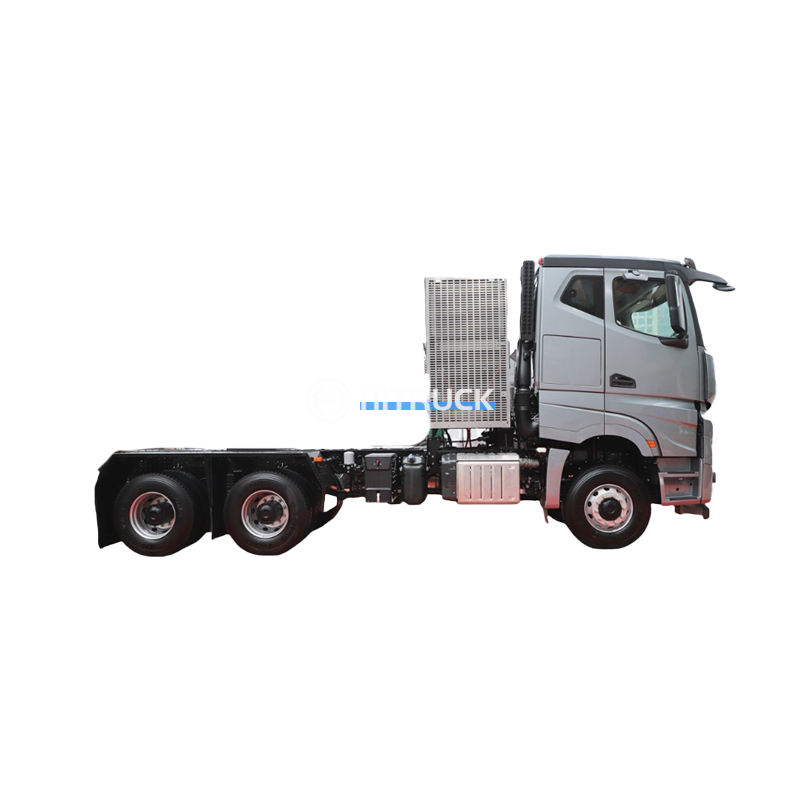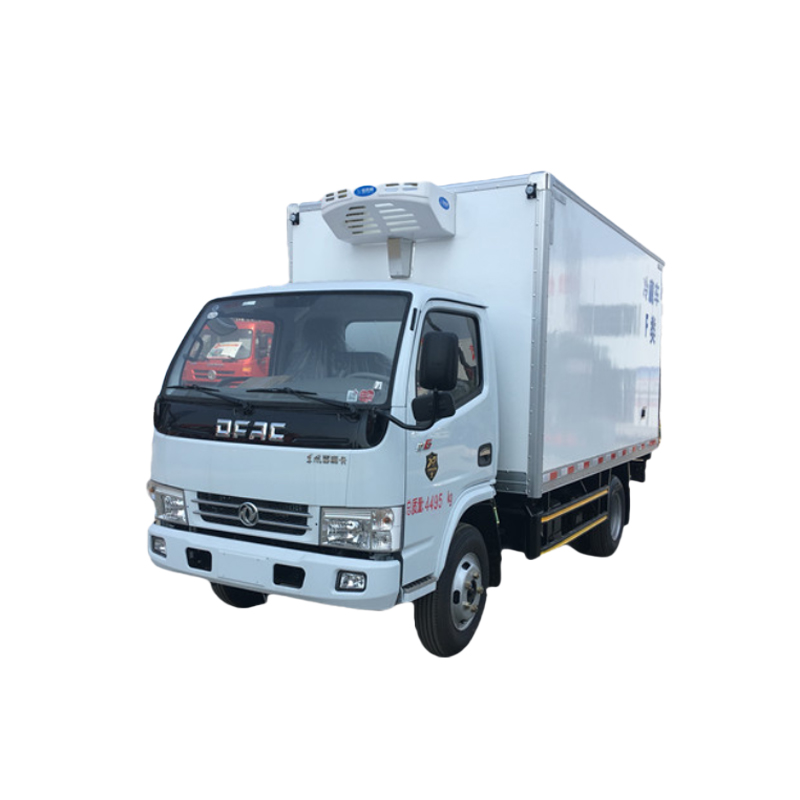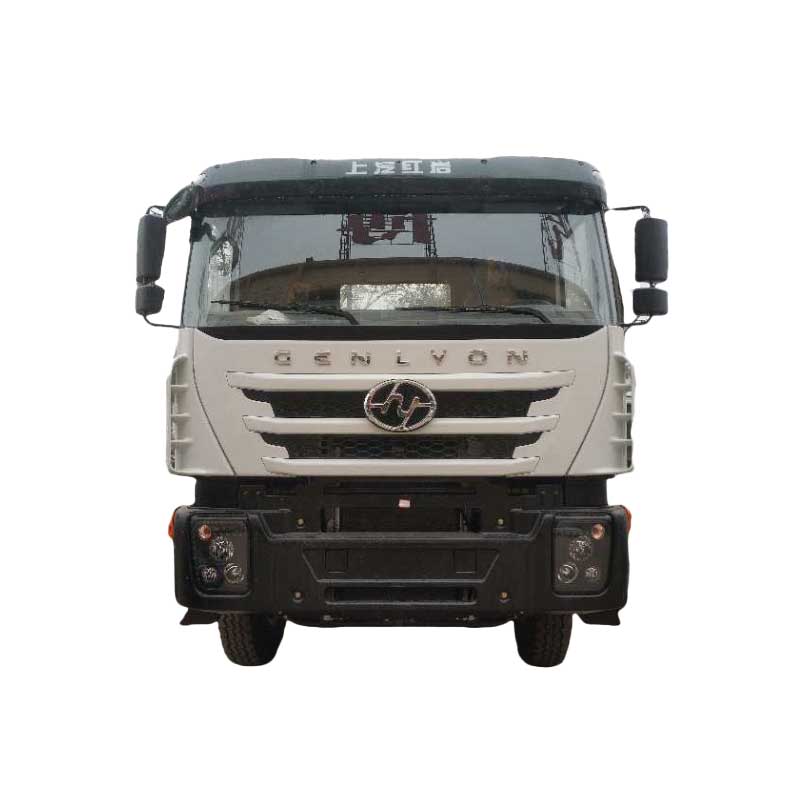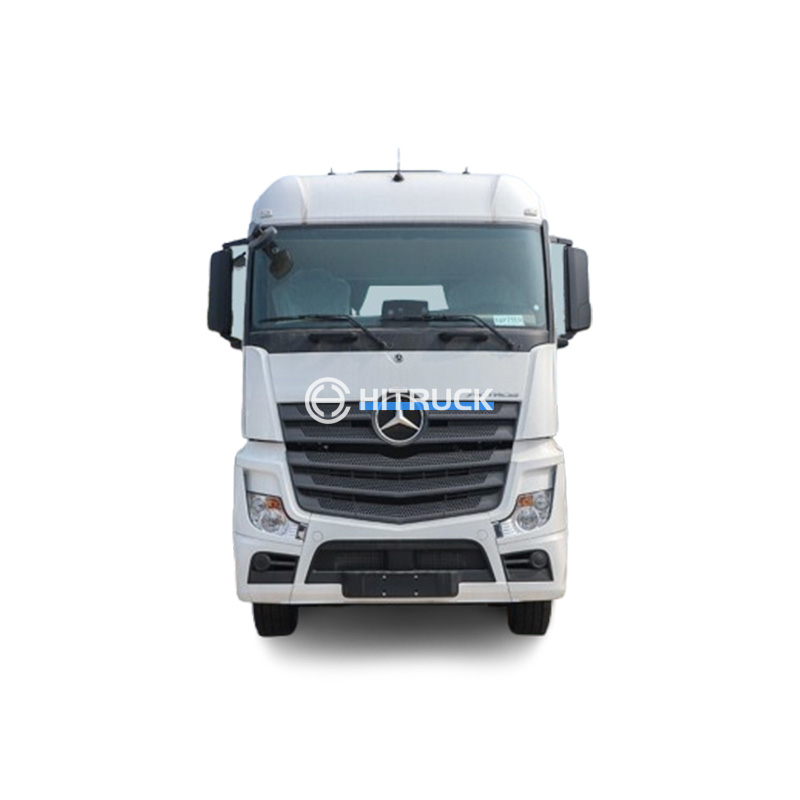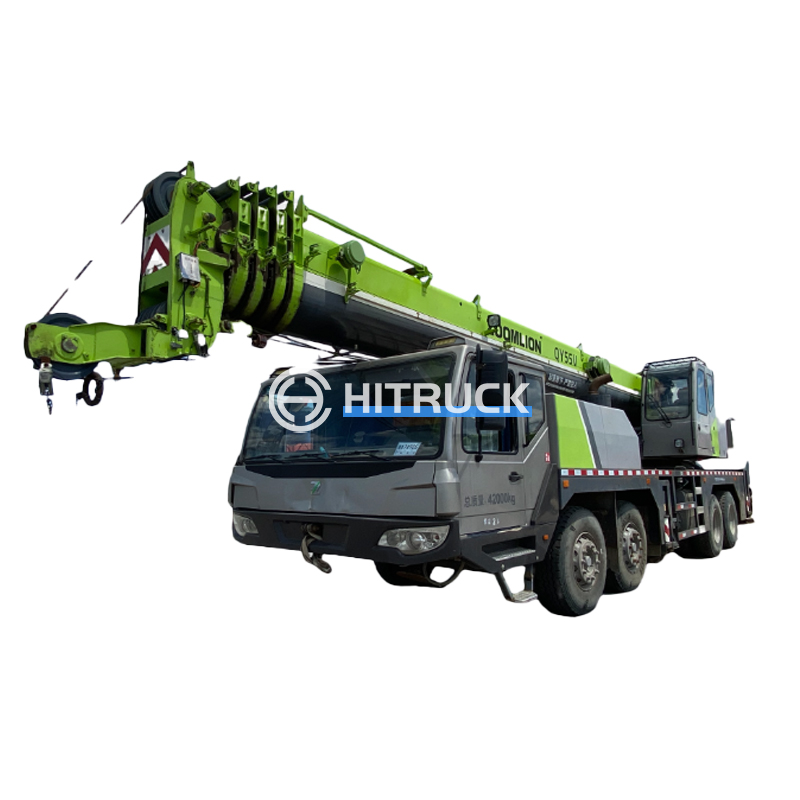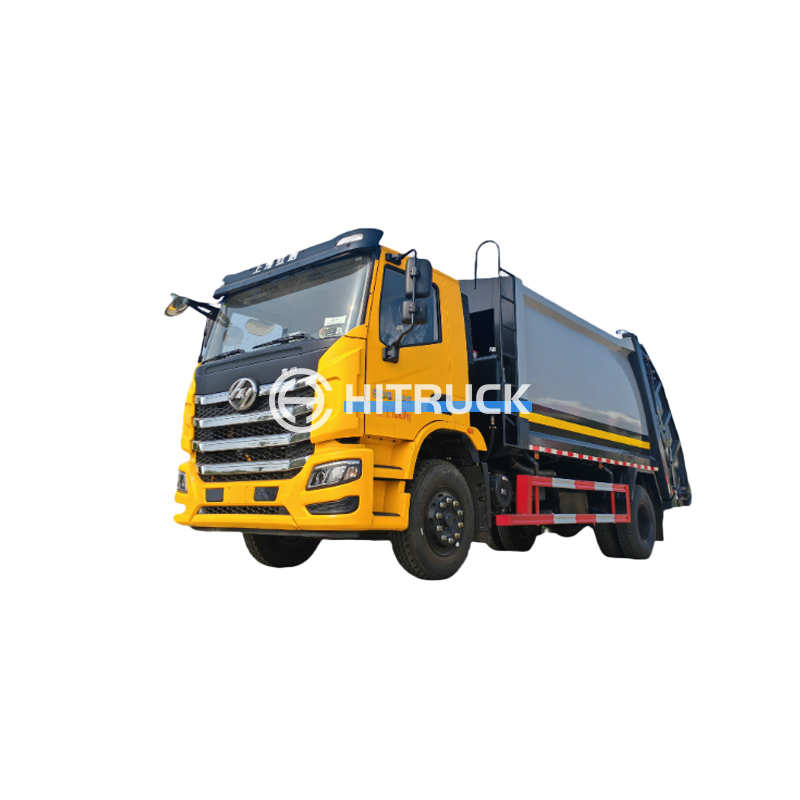Single Girder Overhead Cranes: A Comprehensive GuideSingle girder overhead cranes are essential lifting equipment in various industries. This guide provides a detailed overview of their design, applications, advantages, limitations, and selection considerations. Understanding these aspects is crucial for making informed decisions when choosing the right overhead crane single girder for your specific needs.
Understanding Single Girder Overhead Cranes
What is a Single Girder Overhead Crane?
A
single girder overhead crane consists of a single main girder, a trolley, and end carriages that run along an I-beam or runway system. This design offers a simpler, more cost-effective solution compared to double-girder cranes, making it ideal for lighter lifting capacities and less demanding applications. The trolley moves along the girder, enabling the hoist to traverse the entire span of the crane. These cranes are commonly used in workshops, warehouses, and factories for lifting and moving materials.
Types of Single Girder Overhead Cranes
Several variations exist within the category of
single girder overhead cranes, each designed for different applications and load capacities. These include: Underhung Cranes: The girder is suspended below the runway beams. Top Running Cranes: The girder runs on top of the runway beams. Top Running with Brackets: Similar to top running but incorporates support brackets for added stability.
Key Components of a Single Girder Overhead Crane
Understanding the individual components of a
single girder overhead crane is essential for maintenance and operation. These key components include: Girder: The primary load-bearing structure. Trolley: Moves along the girder and carries the hoist. Hoist: The lifting mechanism, typically an electric chain hoist or wire rope hoist. End Carriages: Support the girder and allow it to move along the runway. Runway System: The supporting beams or structure along which the crane travels. Control System: Allows for the operation of the crane, typically through pendant controls or a remote control system.
Advantages and Disadvantages of Single Girder Overhead Cranes
Advantages
Cost-effective: Generally less expensive than double-girder cranes due to their simpler design. Compact Design: Requires less headroom compared to double-girder cranes. Easy Installation: Installation is typically simpler and faster. Suitable for Lighter Loads: Ideal for applications with lower lifting capacity requirements.
Disadvantages
Lower Lifting Capacity: Limited to lower weight capacities compared to double-girder cranes. Less Stable for Heavy Loads: May not be suitable for applications requiring high stability with heavy loads. Limited Span: Span limitations exist due to the single girder design.
Choosing the Right Single Girder Overhead Crane
Selecting the appropriate
overhead crane single girder system necessitates careful consideration of several factors: Lifting Capacity: Determine the maximum weight the crane needs to lift. Span: The distance between the runway beams. Lifting Height: The vertical distance the hoist needs to travel. Duty Cycle: The frequency and intensity of crane usage. Operating Environment: Consider factors like temperature, humidity, and potential corrosive elements.
Factors to Consider when Comparing Different Models
| Feature | Model A | Model B |
| Lifting Capacity | 1 ton | 2 ton |
| Span | 10 meters | 12 meters |
| Hoist Type | Electric Chain Hoist | Wire Rope Hoist |
Remember to always consult with a qualified crane supplier to ensure the chosen
overhead crane single girder meets all safety regulations and your specific operational requirements. For further assistance in selecting the right equipment, contact
Suizhou Haicang Automobile sales Co., LTD at [Insert Contact Information Here].
Safety Regulations and Maintenance
Regular maintenance is crucial for ensuring the safe and efficient operation of your
overhead crane single girder. Adherence to all relevant safety regulations is paramount. Consult your local safety regulations and the manufacturer's guidelines for detailed maintenance schedules and safety protocols.
Conclusion
Single girder overhead cranes provide a versatile and cost-effective lifting solution for a wide range of applications. By understanding their design, limitations, and selection considerations, you can ensure the safe and efficient operation of your chosen system. Always prioritize safety and consult with industry professionals for guidance on selection, installation, and maintenance.

